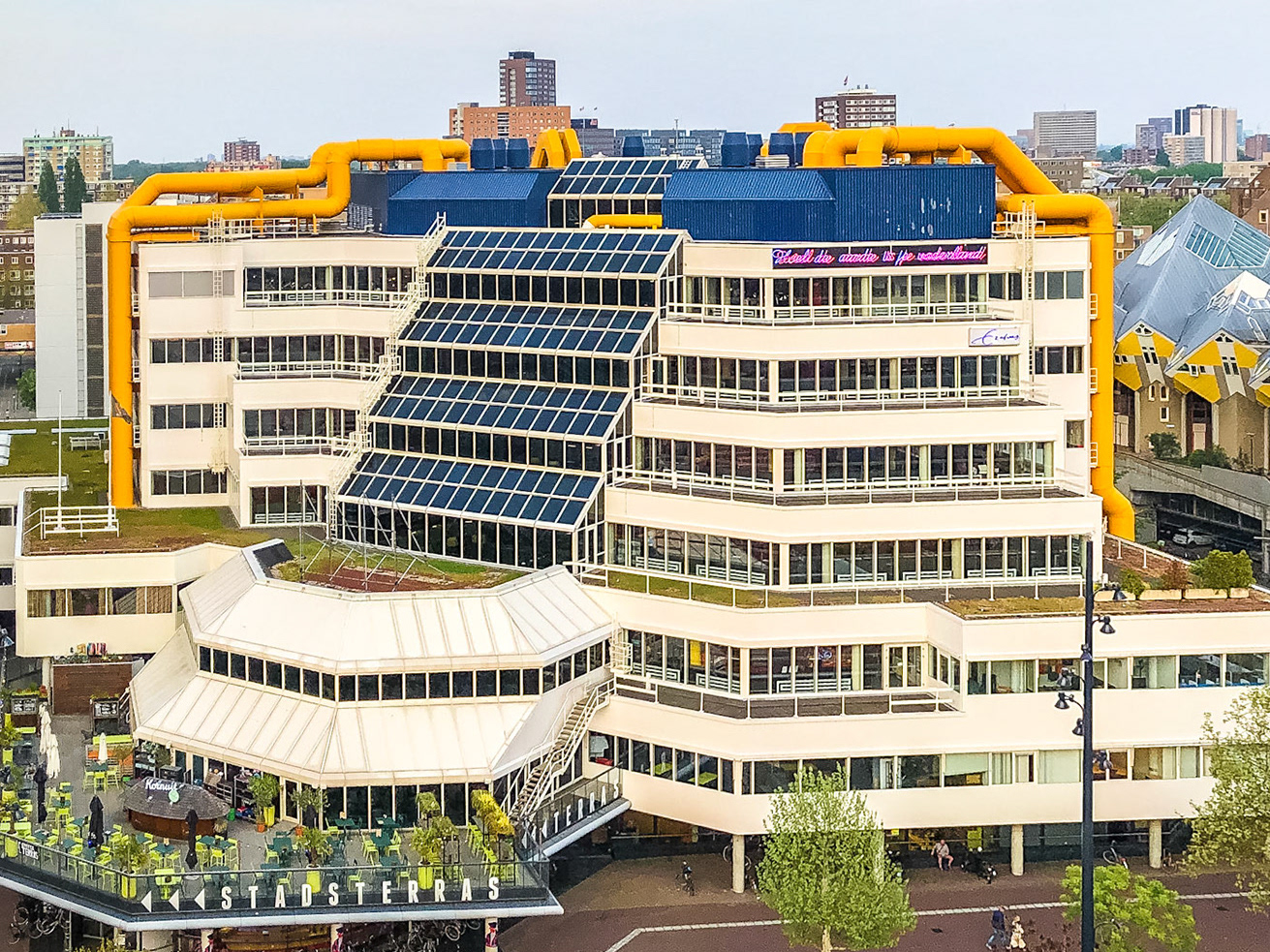

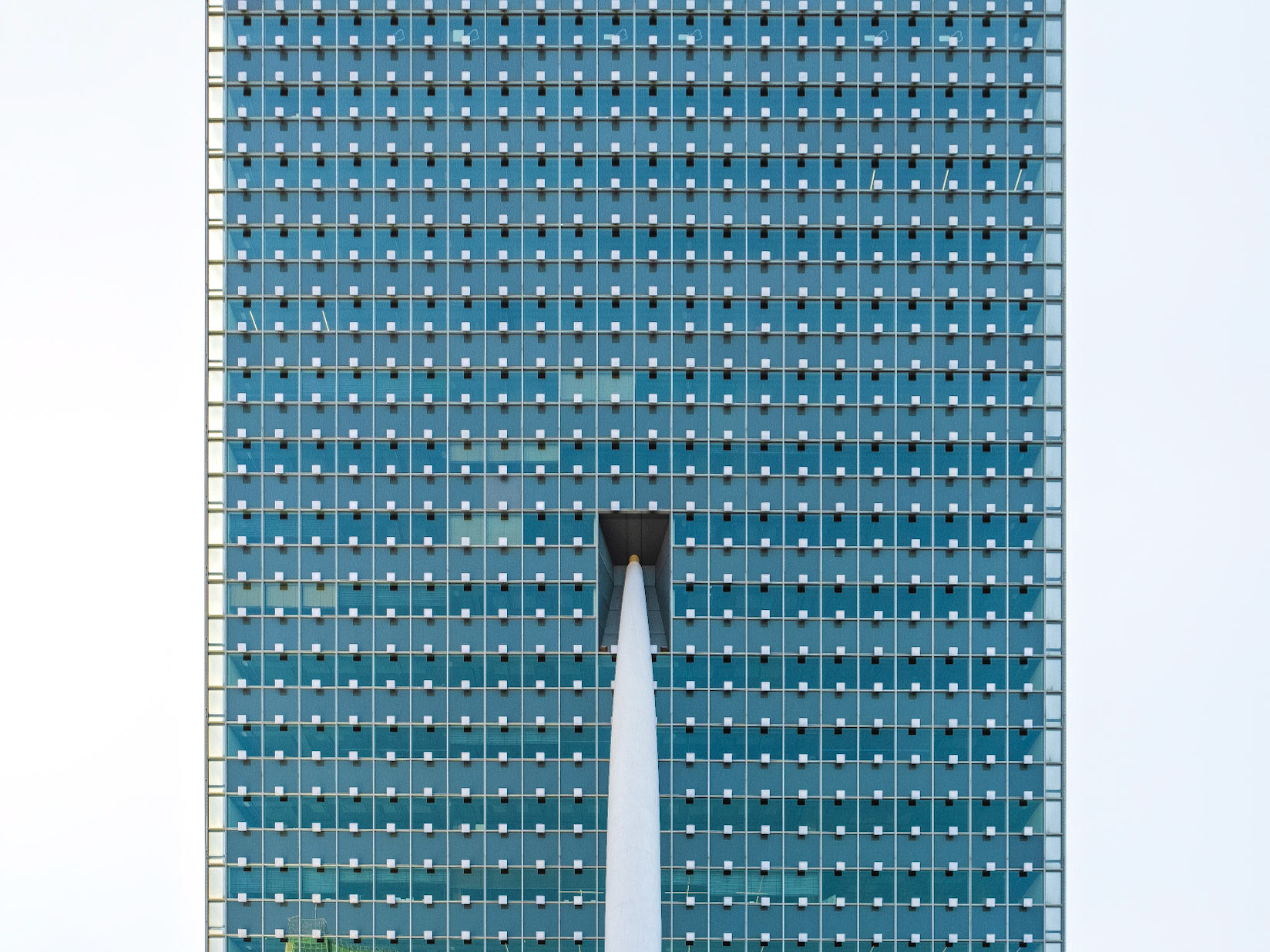
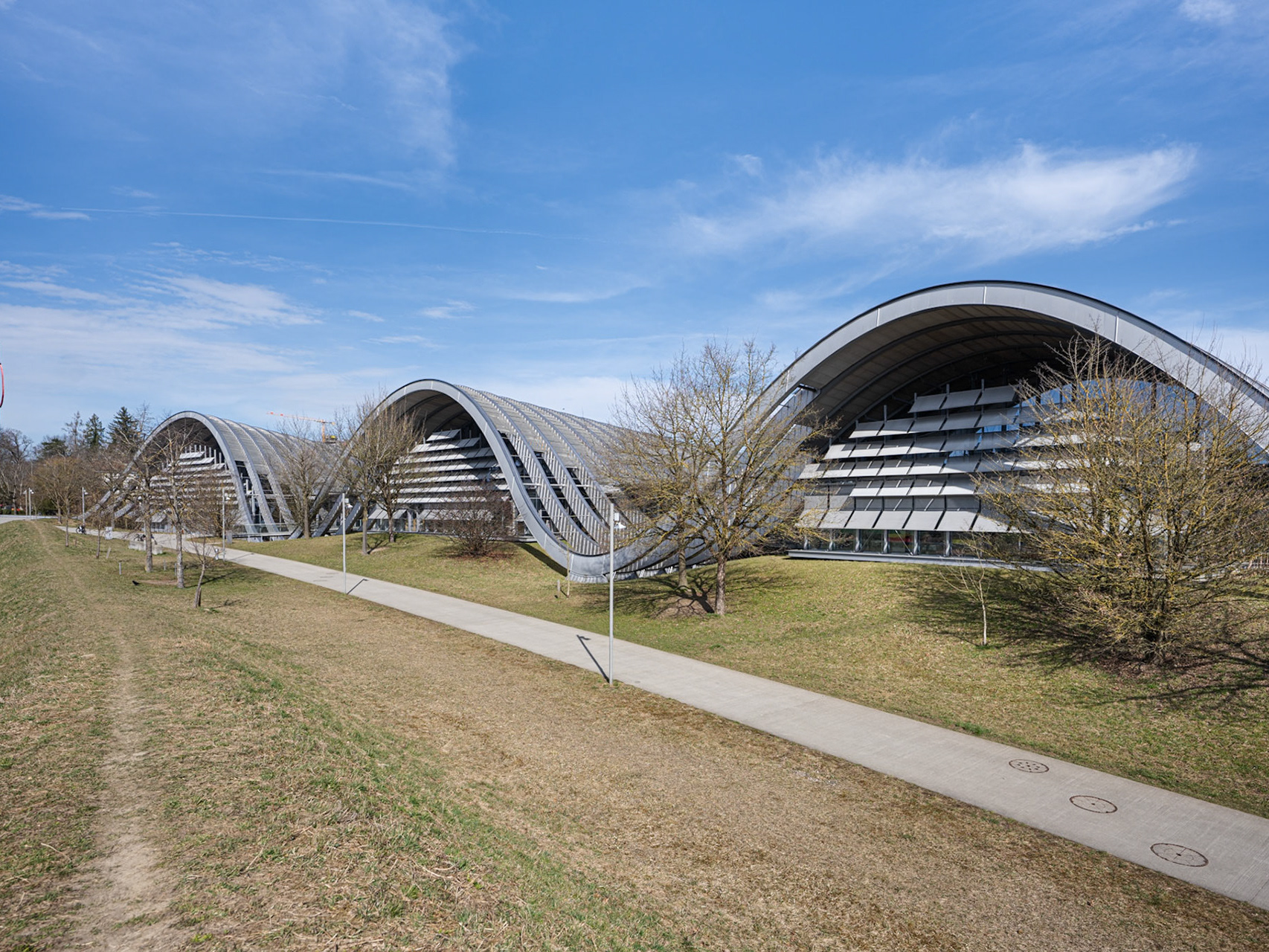
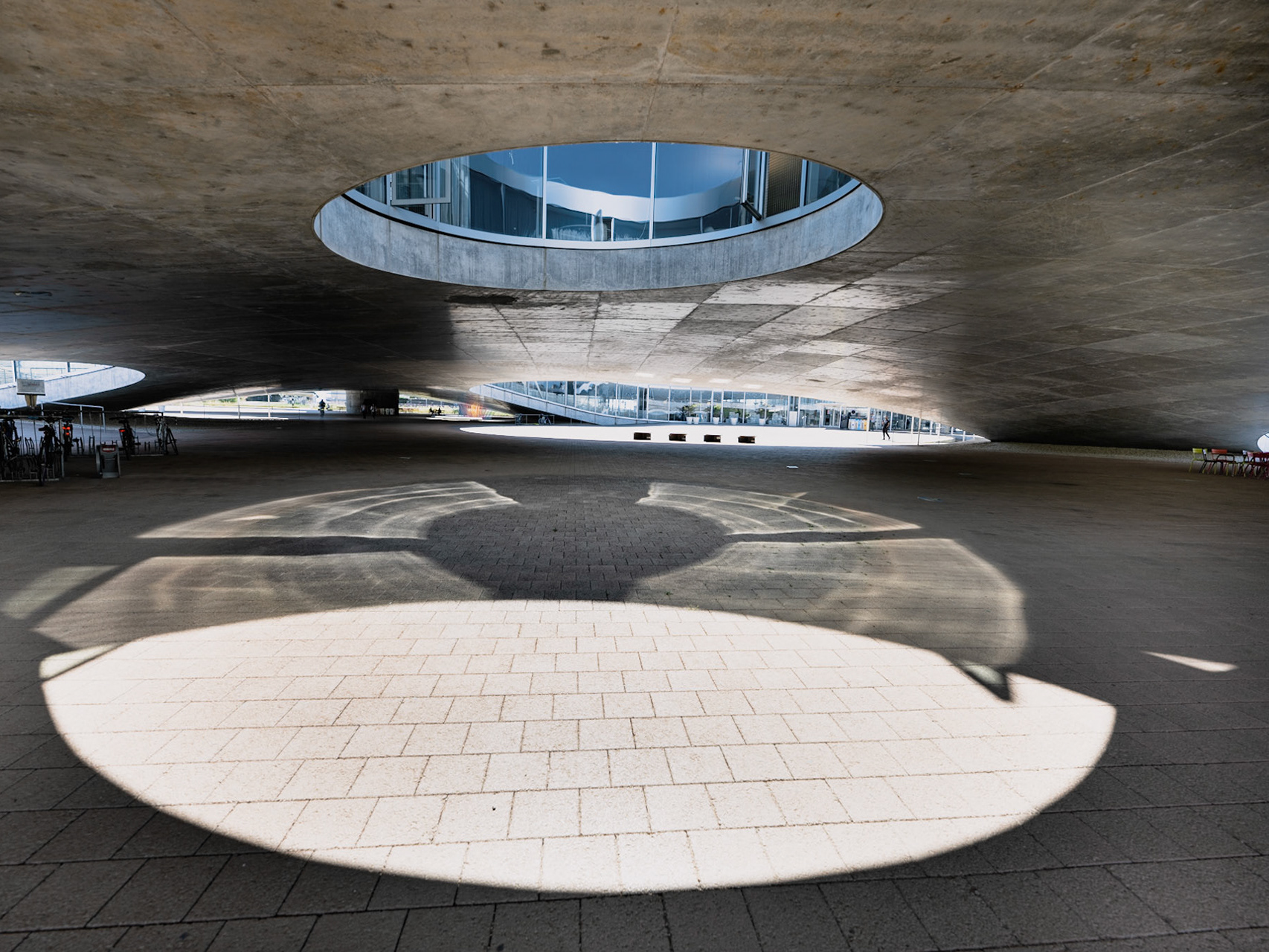
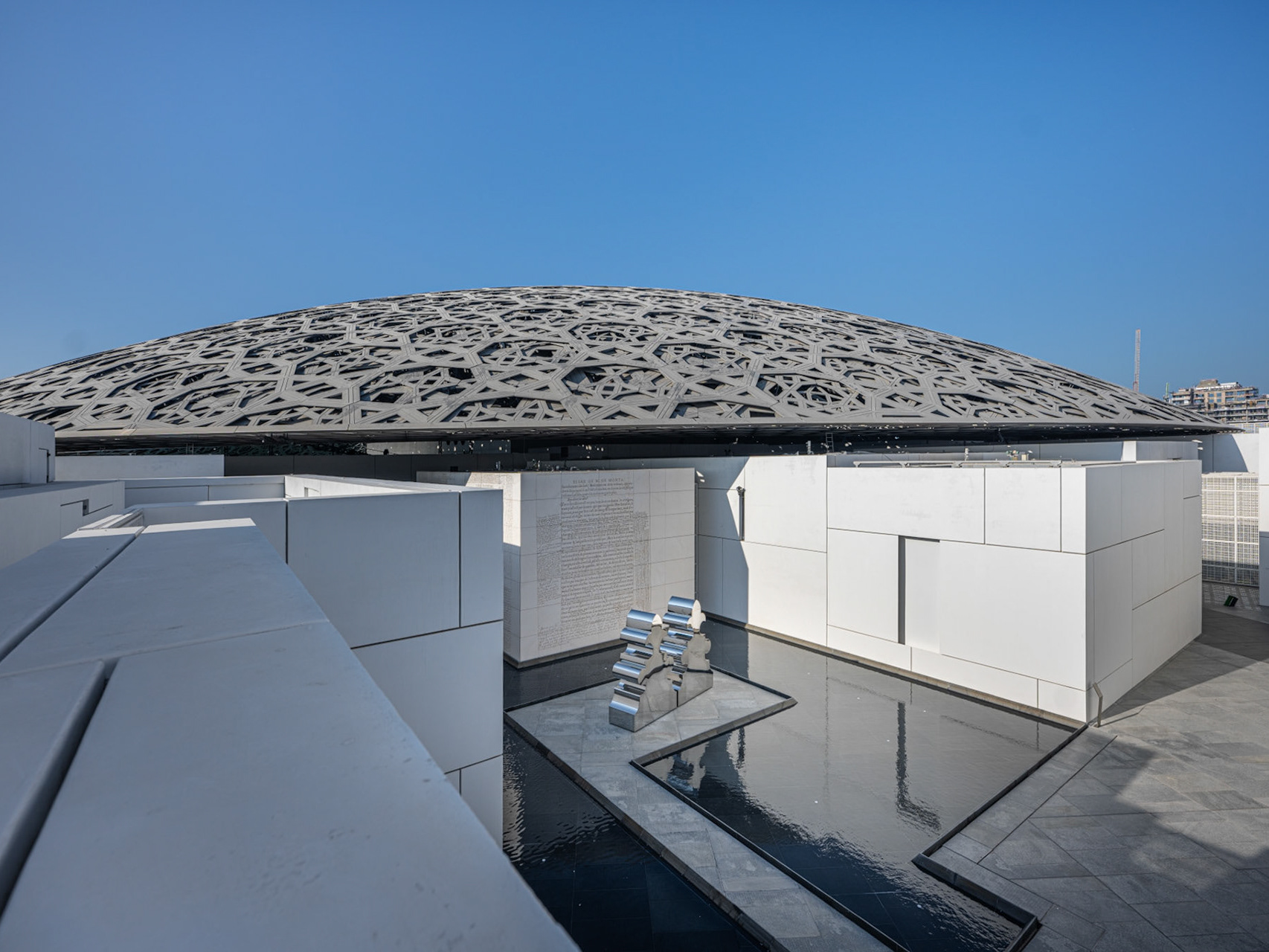
Structural expressionism is an architectural style that emerged in the late 20th century, characterized by the overt display of a building's structural and mechanical systems as integral elements of its visual identity. Rather than concealing infrastructure, architects in this movement, such as Richard Rogers, Norman Foster, and Renzo Piano, embraced materials like steel, glass, and concrete to reveal load-bearing frameworks, ventilation ducts, and circulation paths as part of the design language. This style often conveys a sense of technological optimism, with high-tech aesthetics that highlight transparency, modularity, and function. Notable examples include the Centre Pompidou in Paris and the Lloyd’s Building in London, where structural components are externalized, creating a dynamic and industrial appearance that blurs the line between form and function.





